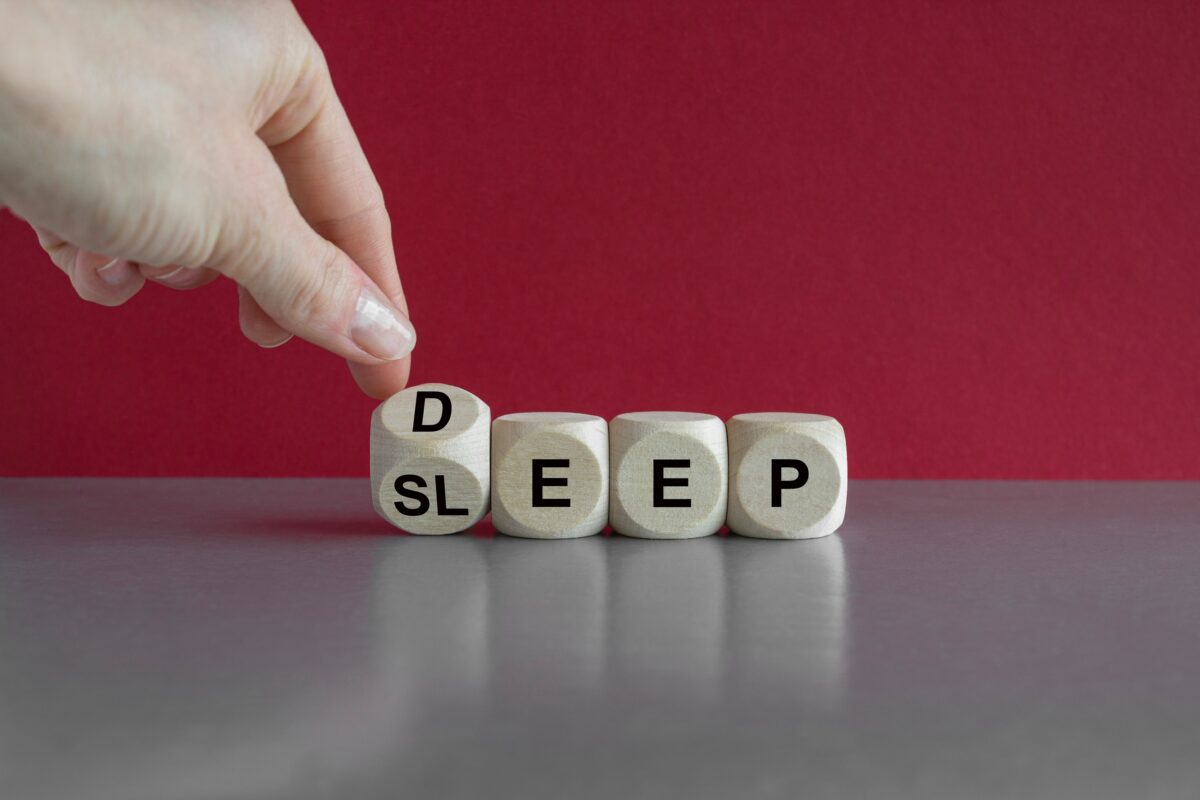
New Study Reveals Key Role of Deep Sleep in Strengthening Long-Term Memory
New research reveals how slow-wave sleep enhances the brain’s ability to form long-term memories. Scientists from Charité – Universitätsmedizin Berlin have discovered that during deep sleep, specific moments in slow-wave oscillations strengthen synaptic connections in the neocortex, the region responsible for long-term memory. These findings could revolutionize therapeutic approaches for memory-related disorders like mild cognitive impairment.

Note: This article is intended for general information and educational purposes. It summarizes scientific research in accessible language for a broad audience and is not an official scientific press release.
The Study at a Glance: Background and Objectives
For nearly two decades, scientists have known that slow, synchronized brain waves during deep sleep support memory formation. However, the exact mechanisms behind this process remained elusive. The new study, published in Nature Communications, sought to uncover how slow-wave oscillations enhance memory storage in the neocortex.
The research was led by Prof. Jörg Geiger, director of the Institute of Neurophysiology at Charité, in collaboration with neurosurgical departments from Evangelisches Klinikum Bethel (EvKB) in Bielefeld and the University Medical Center Hamburg-Eppendorf (UKE). The interdisciplinary effort also included contributions from pediatric neurology and neuroanatomy experts.
According to Neuroscience News, the study utilized intact human neocortical tissue obtained during neurosurgical procedures for epilepsy or brain tumor treatment. Tissue samples from 45 consenting patients were preserved in an artificial nutrient solution for up to two days. Researchers used the multipatch technique, involving up to ten glass micropipettes, to simulate slow-wave oscillations and measure neuronal responses.
To replicate the natural conditions of slow-wave sleep, the team introduced carefully calibrated electrical stimuli mimicking the voltage fluctuations observed during deep sleep. Advanced imaging tools and electrophysiological recording devices captured the activity of synaptic connections in real-time. The multipatch technique — a method requiring extraordinary precision — allowed researchers to monitor up to ten synaptic interactions simultaneously, offering unprecedented detail about how neurons communicate during slow-wave oscillations.
To ensure the reliability of results, the study compared findings from neocortical tissues with data from previous animal studies and computational models. Ethical considerations were paramount, with explicit consent obtained from all patients whose tissue samples were used. The researchers expressed profound gratitude to these participants for enabling such a significant contribution to neuroscience.
Innovations and Key Findings
What Sets This Study Apart
Previous research demonstrated the importance of slow waves in memory but failed to explain their specific role. This study bridges that gap by pinpointing how and when these waves maximize synaptic efficiency. Key innovations include:
- Precise Timing: Synaptic connections are most efficient immediately after a voltage rise in slow-wave oscillations.
- Human-Based Research: Using intact human brain tissue provided unparalleled insights.
- Multipatch Technique: The study’s advanced methods enabled detailed monitoring of neuronal interactions.
Key Conclusions
- Slow Waves Enhance Synaptic Strength: Simulated slow-wave oscillations increased synaptic efficiency, particularly during specific voltage changes.
- Example: Think of synapses as communication lines. During slow-wave sleep, these lines are upgraded to handle more data, improving memory storage.
- Optimal Timing for Memory Transfer: The neocortex is most receptive immediately after a voltage rise, facilitating effective memory transfer from the hippocampus.
- Example: Replay of a skill, like piano practice, during this precise moment strengthens its storage in long-term memory.
- Unique Readiness States: Slow waves place the neocortex in brief states of elevated readiness, enhancing its ability to integrate new information.
- Example: Consider the neocortex as being temporarily more receptive, like a sponge optimized to absorb key information in specific moments.
- Therapeutic Potential: The findings could optimize electrical or acoustic stimulation techniques to improve memory in patients with cognitive impairments.
- Example: Subtle brain stimulation during deep sleep might help elderly patients retain important memories.
- Insights into Neuroplasticity: The study highlights the dynamic nature of synaptic connections, showcasing the brain’s adaptability.
- Example: A student’s ability to retain exam material improves through well-timed sleep patterns.
Cognitive Connections
Slow-wave sleep not only enhances memory but also impacts overall cognitive abilities. By strengthening synaptic connections, it improves:
- Learning Efficiency: Consolidating new information into long-term memory becomes more effective, supporting academic and professional growth.
- Problem-Solving Skills: Strengthened neural pathways facilitate the ability to think critically and tackle complex challenges.
- Emotional Regulation: Slow-wave sleep helps process and store emotionally significant experiences, promoting mental resilience and stability.
- Creativity Boost: By organizing and integrating stored information, slow-wave activity fosters innovative thinking and new idea generation.
- Attention and Focus: Well-rested brains, enhanced by effective slow-wave sleep, demonstrate improved concentration and reduced mental fatigue during tasks requiring sustained attention.
The interconnected nature of these benefits highlights the essential role of deep sleep in overall cognitive health and performance.
Broader Significance
Implications for Science and Medicine
- Memory Disorders: These findings could revolutionize treatments for conditions like Alzheimer’s and mild cognitive impairment by targeting slow-wave activity.
- Sleep Research: Understanding the precise role of slow waves opens new avenues for studying other sleep-related functions.
- Neuroscience Techniques: The innovative use of intact human tissue sets a benchmark for future research.
Educational and Societal Impact
- Optimized Learning: Encouraging effective sleep habits in students and professionals could enhance knowledge retention and productivity.
- Workplace Applications: Organizations may develop sleep-friendly schedules to boost employee performance.
- Public Awareness: Highlighting the importance of deep sleep could lead to societal shifts in sleep prioritization.
Brain Training and Long-Term Benefits
In addition to sleep optimization, integrating brain-training exercises can amplify the benefits highlighted in the study. Activities such as puzzles, memory games, and learning new skills can complement the memory-strengthening effects of slow-wave sleep.
Utilizing brain training and sleep hygiene techniques can also benefit people with mild cognitive impairment by providing a practical and accessible approach to keeping the mind sharp. Ultimately, incorporating these habits into daily routines serves not only as a preventative measure, but also as a means of achieving long-term cognitive health. Activities such as puzzles, memory games, and learning new skills can complement the memory-boosting effects of slow-wave sleep. These practices, combined with targeted sleep therapy, offer a comprehensive strategy for maintaining and enhancing cognitive health throughout the lifespan.
Conclusion
The groundbreaking study by Charité researchers sheds light on how slow-wave sleep transforms fleeting memories into lasting ones. By identifying the exact mechanisms and timing of synaptic enhancements, it not only advances our understanding of memory formation but also paves the way for innovative therapies. Prioritizing deep sleep isn’t just about rest; it’s an investment in our cognitive future. As research continues, the potential to harness slow waves for therapeutic and educational benefits holds promise for individuals and society alike. Additionally, combining these insights with proactive brain-training practices could further amplify cognitive resilience and memory retention.
The information in this article is provided for informational purposes only and is not medical advice. For medical advice, please consult your doctor.














